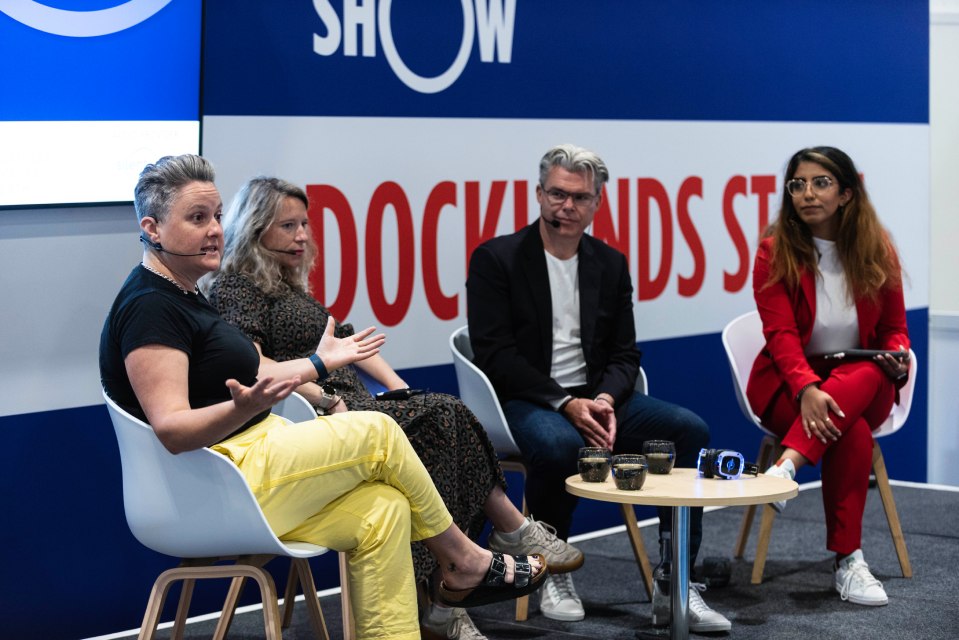With more than half of the UK population on Facebook, social media is increasingly recognised as the modern way of communicating, not just by friends and family, but by businesses too. So what exactly do PAs need to know? Ann Pilkington elaborates on the essentials
Why use social media?
Social media has many strengths; it is an immediate, open and cost-effective form of communication. Depending on the tools used, it can enable you to get feedback from a small number of people, or broadcast a message more widely. It can replace the need for time-consuming meetings, costly printed materials and can be more beneficial than email. It also allows open communication and collaboration, both of which help to build trust between your company and your audience. But your organisation needs to feel comfortable with being open, otherwise it will always struggle to make the best use of social media.
How to use social media
It can be easy to think that because everyone else seems to be using it, your business should too. However, it is important to stop and think about why you want to use it ? who do you want to reach? Having some clear objectives and developing user guidelines will help to ensure that your use of social media is effective.
Since it is an open form of communication, you need to be prepared to handle any criticism and to act quickly. The likelihood of censure will, of course, depend on the sector you work in, your target audience, what they think about you, and how you use the tools at your disposal. If you?re using it to stimulate debate then the likelihood of a negative response might be higher than if you are simply using it as a means to update people. Consider the type of criticism you might receive and include in your guidelines a procedure for handling this. It is worth noting that handling criticism well around a complaint can instil even greater trust in your organisation.
Another thing to think about is the style and tone of your content. Writing for social media needs to be more authentic and this often means the language used is more informal. It doesn?t mean writing in ?text speak?, but it does often mean writing in a style that is more like the way someone speaks.
Pick the right tools for the job
Your objective and audience will help to determine which tools to use. Whether you are looking to use social media as a means of monitoring what?s being said about your organisation, to share news, to provide customer information or to engage with people about ideas, there is a tool for it, as these examples show.
Twitter is great for short updates and sharing interesting ideas or information, as well as for monitoring what?s being said about your business.
Facebook is a good way to build a community. Why not try looking at the Facebook pages of some of your favourite brands to see how they use it?
LinkedIn is a social network with profiles of individuals and companies. There are discussion groups on all sorts of topics and taking part can be a good way to raise your company?s profile and pick up on what is happening in your sector.
Blogs can give a personal ?face? to your organisation. The important point is to make the content authentic ? blogs written on behalf of someone else never work so well ? and to blog regularly.
Sharepoint can be used as an intranet, and for sharing and collaborating on projects. As such, it?s a popular tool for internal communications.
Ann Pilkington is the Director of PR Academy, which designs and runs a wide range of communications courses, including the CIPR Foundation Award in Public Relations and the Digital Communications Certificate. To find out more visit pracademy.co.uk/our-courses











